PROJECTS
Permits – Blocks A & C (PSC TL OT 17 08 and PSC TL OT 17 09)
Timor Resources is the Operator of two Production Sharing Contracts (PSC’s). Timor Resources Joint Venture partner is Timor Gap, the National Oil Company of Timor-Leste.
Timor Resources made significant oil and gas discoveries in the exploration wells, Karau-1 (October 21), Kumbili-1 (December 21), and Lafaek-1 (October 2022).
Highlights
- Large acreage – 3,147 square kilometres highly prospective acreage
- 30 oil and 7 gas seeps to surface have been identified.
- 6 oil discoveries and oil flows in the contract area.
- World class source rocks
- Timor Resources is Operator of license areas PSC-TL OT 17 08 and PSC-TL OT 17 09.
- Two newly acquired 2D seismic surveys underpin the current view of prospectivity (the first modern seismic data in 25 years in onshore Timor-Leste was recorded by the company in 2018 and 2019).
- Multiple targets and play types were identified by the seismic. Timor Resources have drilled three exploration wells 100% success.
- There are still 9 prospects to be drilled.
- Attractive fiscal regime.
- Bi-lateral Government support.
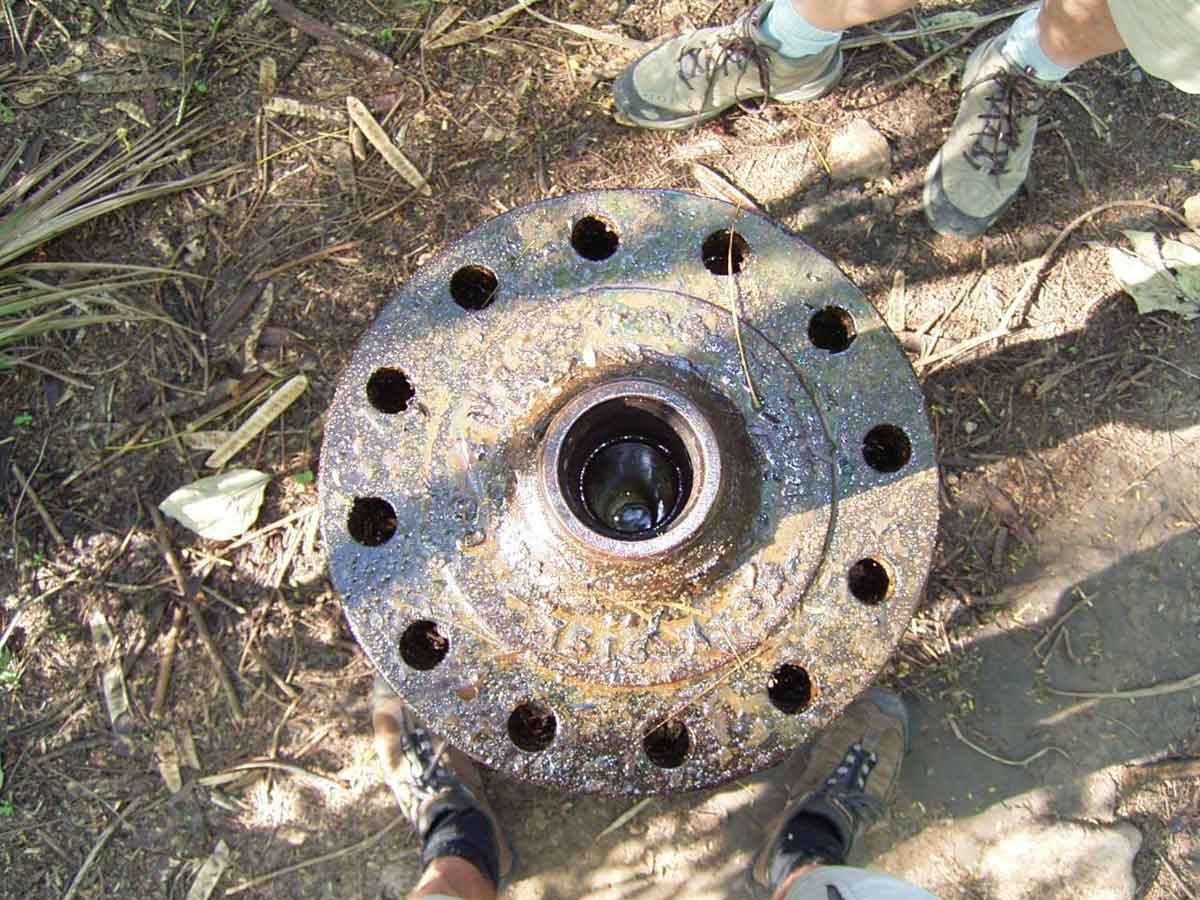
Suai Loro-1 wellhead. Oil can be bailed from the pipe.
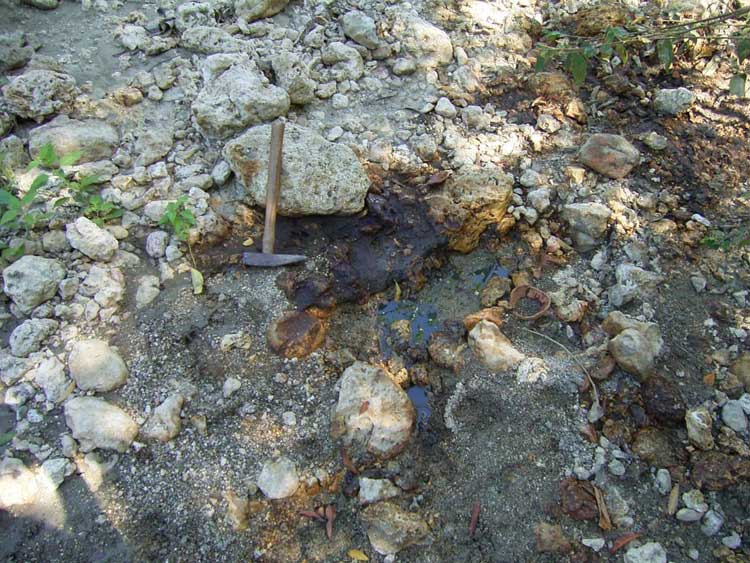
Matai natural oil seep (2003)
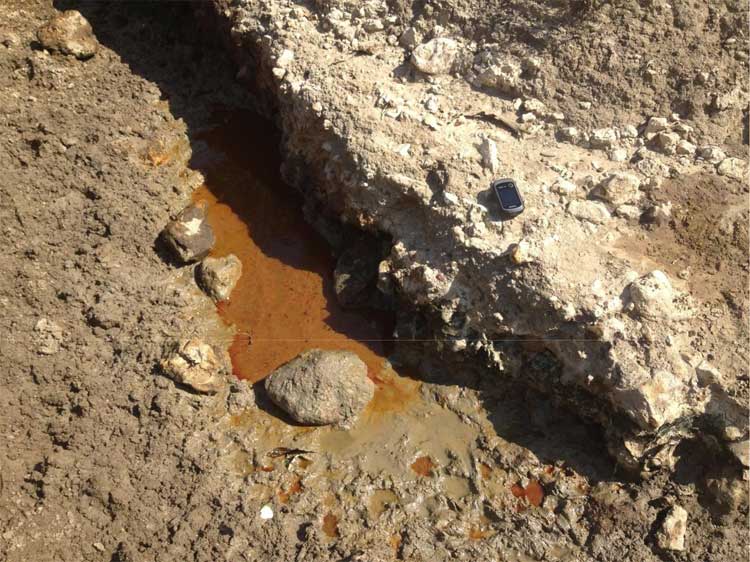
Matai surface oil seep (2016)
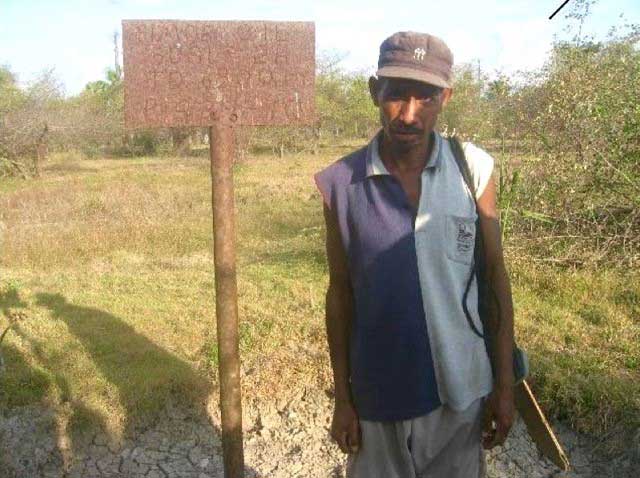
Pipe with plaque marking the Suai-2A wellhead.
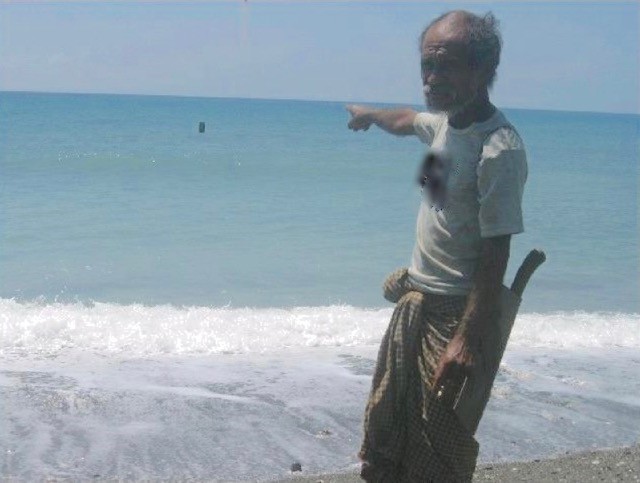
Pipe marking Tafara East-1, originally onshore but now offshore.
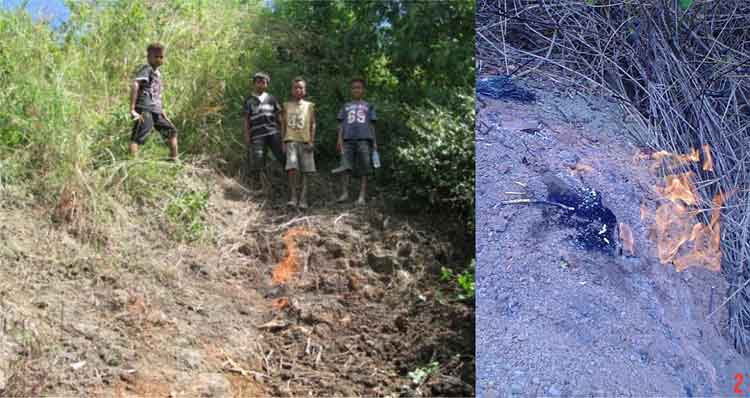
Two of approximately twenty gas seeps on the Bazol Anticline, immediately north.
History and Exploration
Timor-Leste is a sovereign state in Southeast Asia and covers an area of approximately 15,000km2
The nation is currently undergoing a period of rapid development, predominantly funded by revenue generated by the Santos-operated Bayu-Undan gas and condensate field, which has provided around $24 billion to the country over the past 12 years.
The oil and gas potential of Timor-Leste has long been recognised but has remained largely untapped and under explored for the last forty years due to geopolitical issues. This is the first time in more than 40 years that onshore Timor-Leste has opened its doors to petroleum investment in search of the next major global oil discovery.
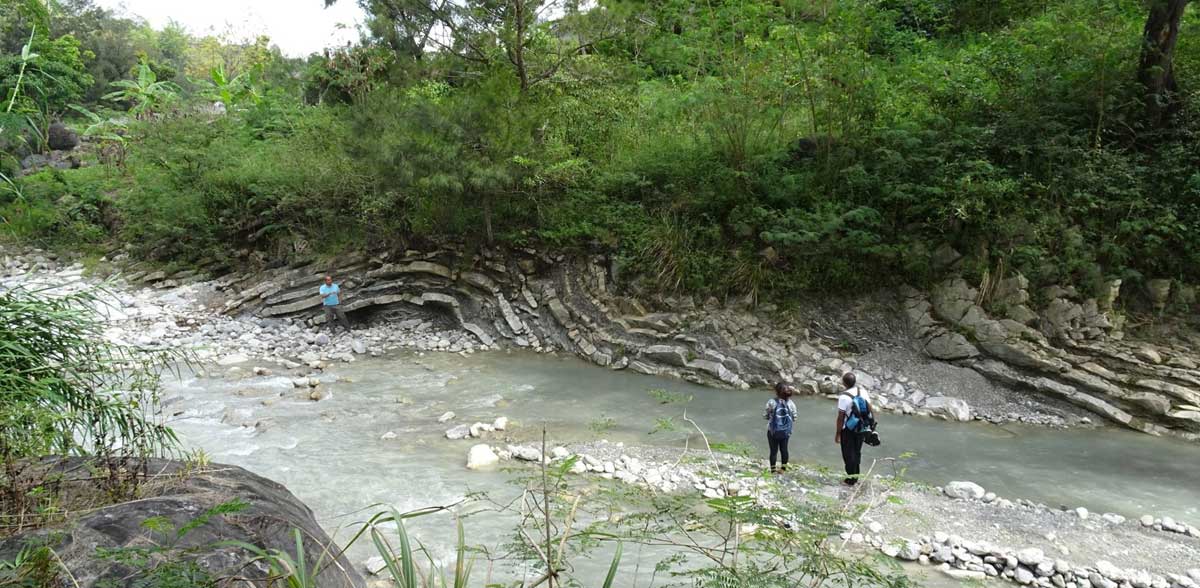
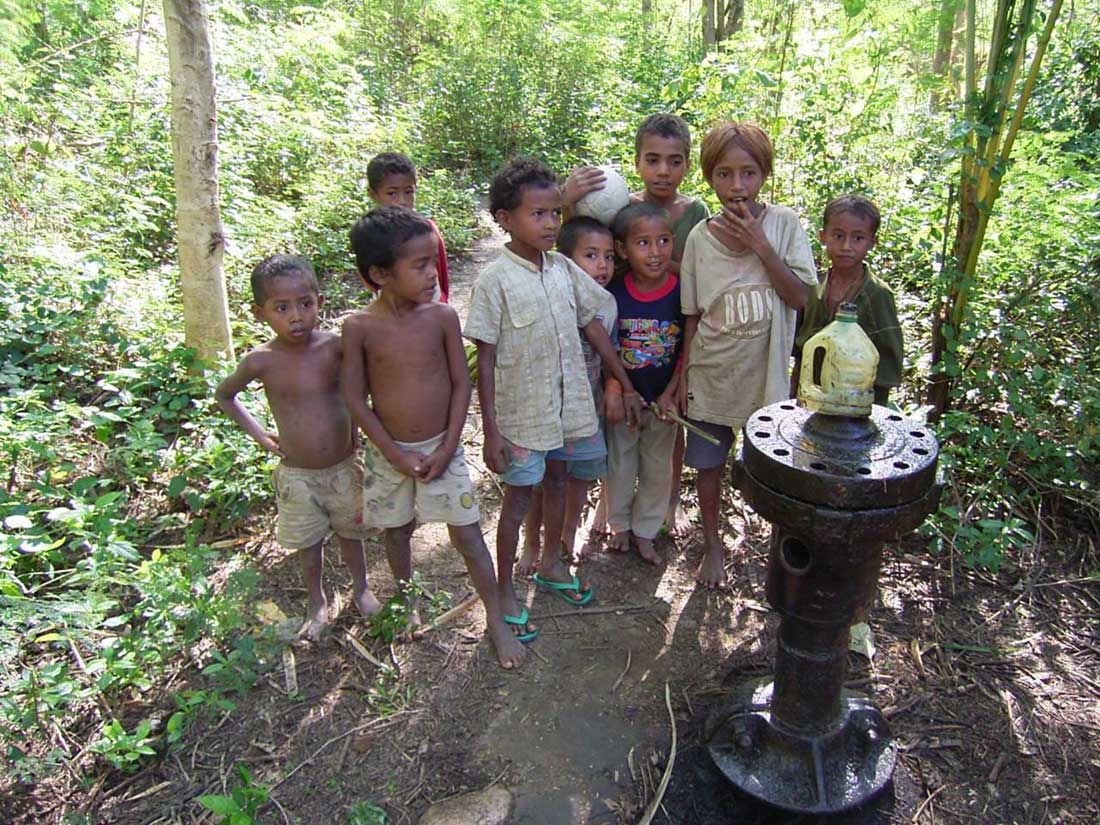
Matai-1A wellhead. Plastic bottle contains oil collected from the well.
Onshore Timor-Leste contains large structures with associated oil and gas seeps, which have the potential to hold significant hydrocarbon accumulations
The onshore hydrocarbon potential of Timor-Leste is significant. Numerous oil and gas seeps were known to locals who expanded these to “oil pits” from which considerable oil was recovered.
This attracted activity from international companies, and between 1910 and 1973 a number of wells were drilled, resulting in oil recoveries and completion of three wells, from which oil can still be recovered. Recent geological work has identified a number of structural and stratigraphic traps, with estimates of potential size sufficient to host significant hydrocarbon accumulations. Many of these structures have surface expression and are associated with oil and gas seeps.
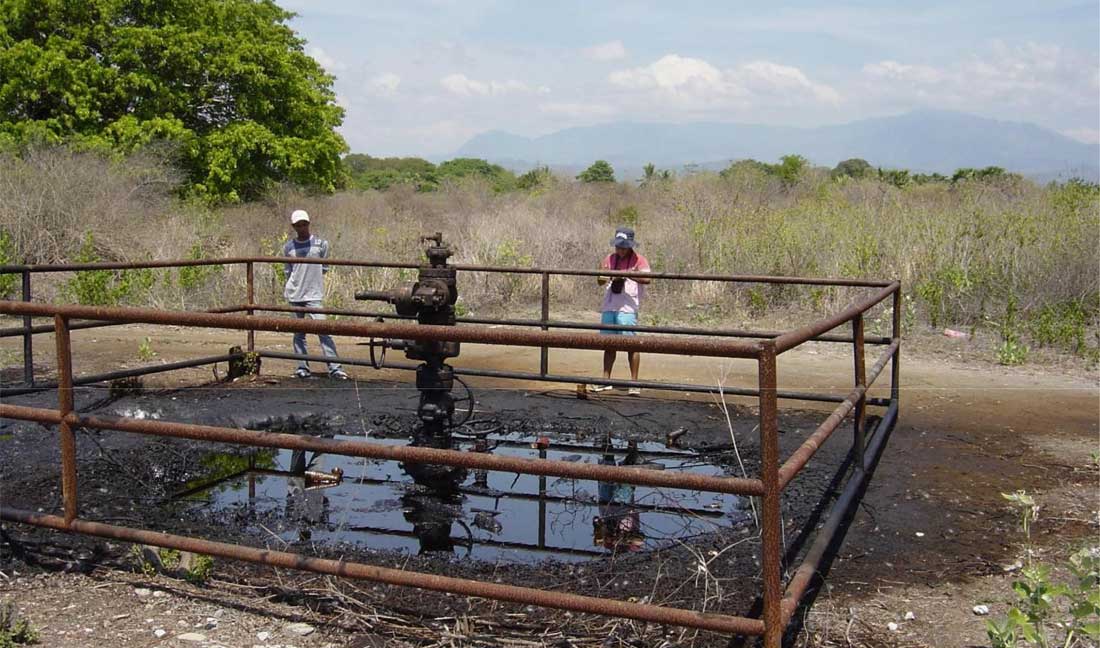
Cota Taçi-1 wellhead. The well can deliver oil at pressure, and has been collected by locals for use.
Developing infrastructure – overlaps the project area
Timor-Leste is in a period of rapid infrastructure development including the Tasi Mane project, which involves the development of three economic hubs over 155 km of the southern coast of Timor-Leste. This project includes the Suai and Betano Clusters that overlap Block A and C.
The Tasi Mane projects are a multi-year development of three economic clusters which the Government has committed to and are constructing on the South Coast of Timor-Leste, which will form the backbone of the Timor-Leste petroleum Industry.
The projects include construction and operation of a refinery, petrochemical plant, LNG plant, a highway linking the economic clusters and a network of gasoline stations to ensure high quality fuel distribution across Timor-Leste. The projects will support commercial onshore discoveries and the development of the offshore Woodside-operated Greater Sunrise fields.
The objective of the Tasi-Mane projects is to enable petroleum and energy development within Timor-Leste, providing a direct economic dividend from the petroleum industry activities to the country. Without these value adding projects, the country would be limited to the royalties and taxes of the existing offshore operations only.

Tasi Mane -South Coast Timor-Leste.
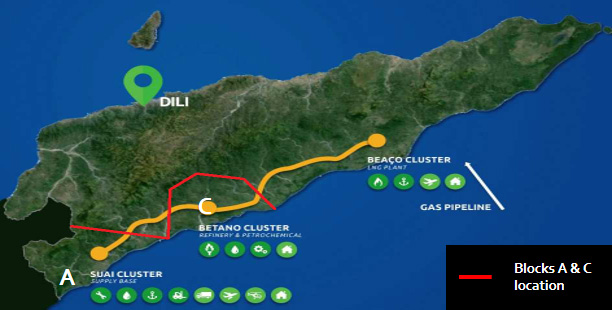
Proposed Tasi Mane petroleum corridor project
- Suai economic cluster: Logistics supply base to support all offshore oil and gas activities in the Timor-Leste Exclusive Area (“TLEA”)
Betano economic cluster: An industrial park with a planned 30 kboe/d capacity refinery. The cluster will be developed over 6-9 years and will provide domestic fuel such as diesel, gasoline, jet fuel and LPG.
- Beaço economic cluster: A natural gas pipeline from the Timor Sea will reach land at Beaço where an LNG plant will be constructed to process the gas. This cluster will incorporate a marine supply harbour to cater to both LNG and LPG carriers.
Developing infrastructure – overlaps the project area
Timor is currently heavily dependent on imports of refined oil products including gasoline, jet fuel, diesel and kerosene.
The Timorese Government is eager to extend its successful offshore oil production activities to onshore, and is supporting activity in this area through a range of onshore initiatives to promote domestic hydrocarbon production, domestic retail distribution, and surplus for export.
Timor Gap has a mandate to implement the ‘Tasi Mane’ project – a three-cluster development project to support onshore hydrocarbon production through construction and operation of a refinery, petrochemical plant, LNG plant and a network of petrol stations to ensure high quality fuel distribution across Timor-Leste.
Onshore petroleum development is considered a Project of National Significant, with bipartisan support from the Government of Timor-Leste.
ENERGY TRANSITION
The natural gas reserves in Block A and C have the potential to offer an energy transition solution for Timor Leste. Natural gas production can be sold into the Timor Leste local grid, an option which is enabled by proximity to the Betano power plant.
The Betano plant is multi turbine and can run off gas, facilitating a simple conversion of the national grid from imported diesel to local natural gas at great saving to the state of Timor Leste and reducing emissions.
The World Bank, along with the Asian Development Bank, have expressed a willingness to fund conversion of the national grid from diesel to natural gas.
This conversion would be low capex compared to imported LNG and is best suited to phased development (e.g., 50–200 MW modules).
A single flowing well at Weda could potentially replace Timor-Leste’s entire power demand of the country.
The reduction in CO2 emissions resulting from the transfer to local natural gas as the national power source is ~30-40% of national output.
The Extended Well Testing (EWT) program at Weda’a (formerly Lafaek) is designed to bring gas & fluids to the surface for a sustained period and establish reservoir size.
A Memorandum of Understanding (MOU) for the domestic supply of natural gas was signed with Eletricidade de Timor-Leste (EDTL) was signed in August 2023.
